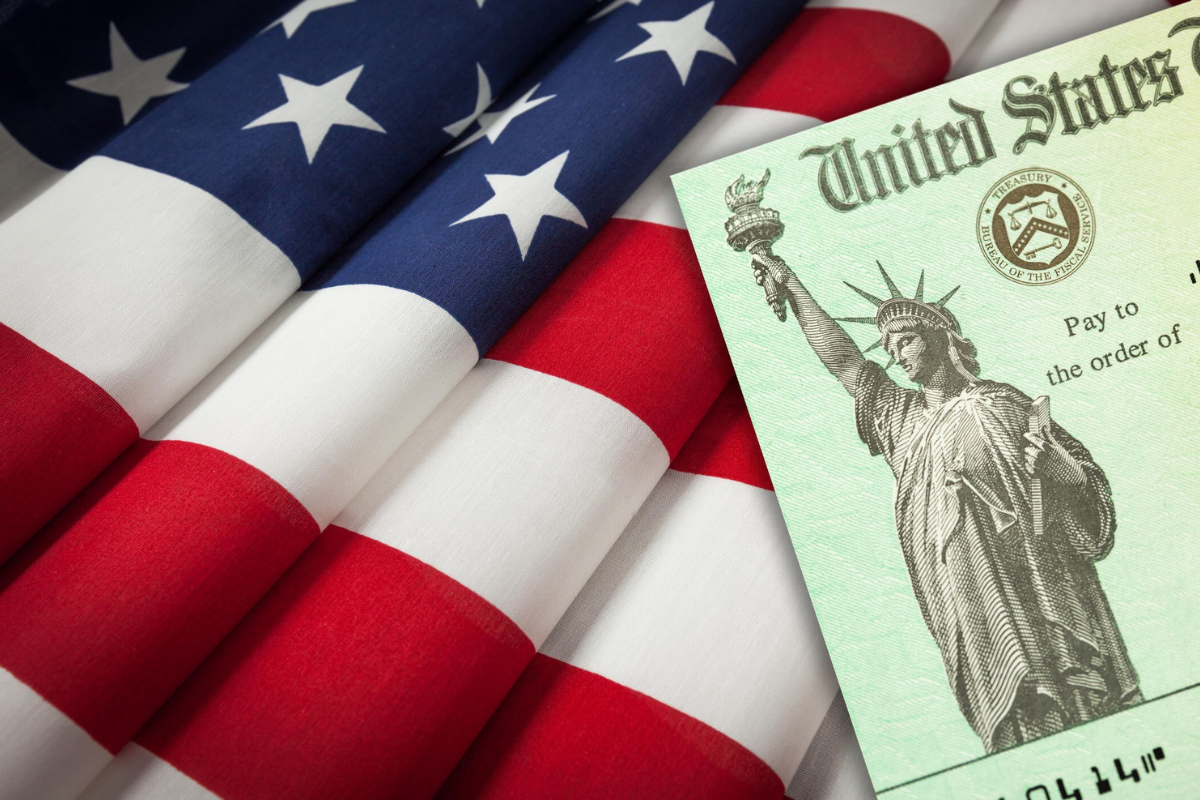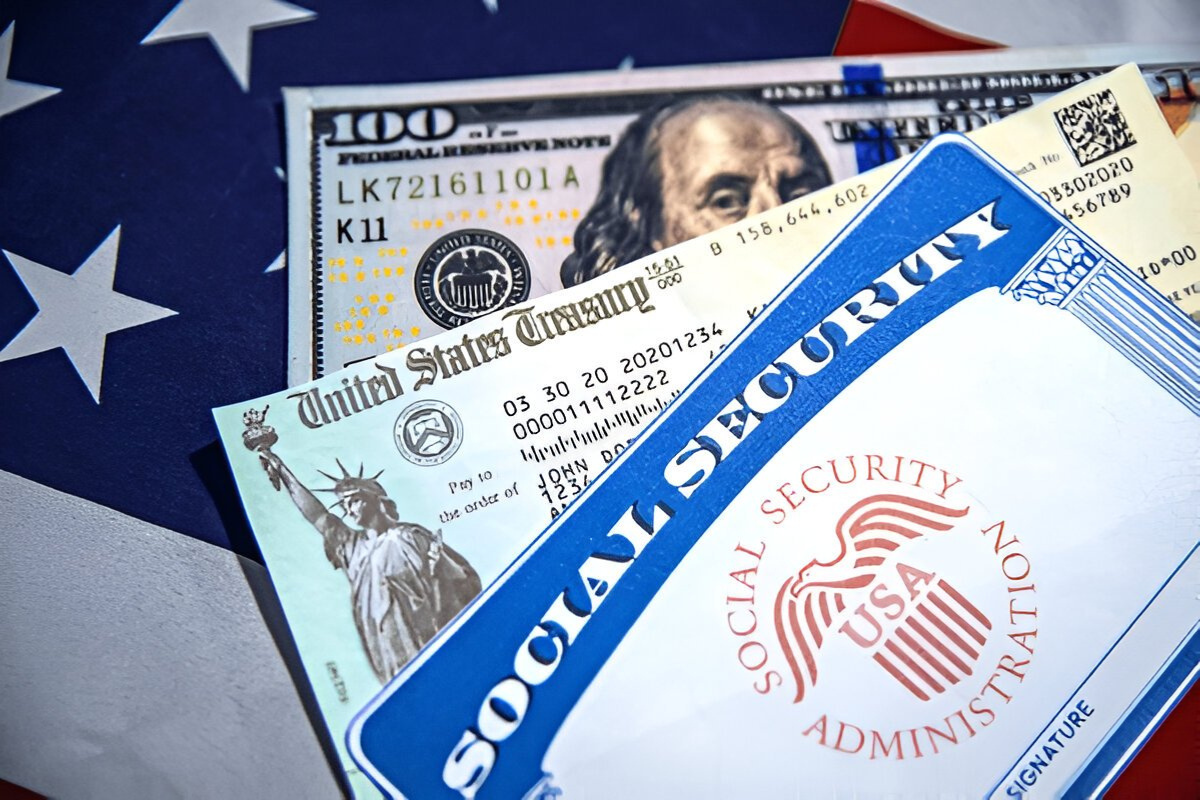Rule changes from the Social Security Administration (SSA) have made many people wonder in rural America as to what is going on. From early spring, the majority of people wishing to apply for either the Social Security retirement or family benefits have to check their identity personally if they are not able to conduct the process online.
The decision taken can be explained as an attempt to take preventive measures against identity theft, but it has been found to be the culprit in the emergence of a couple of obstacles, especially for older people from the countryside and the disabled.
A great number of the beneficiaries declare that they experience the state of being excluded from the system they had been contributing to for so many years.
What changed exactly?
As of March 31, 2025, new applicants for Social Security retirement, survivor, or spousal benefits can make an appointment for the physical presence of the respective office of the Social Security Administration (SSA) through which the identity checks will be done unless they verify it digitally first.
Following a streak of incidents of fraud including the pilfering of the benefits and people with fake IDs, the SSA has come up with these new in-person rules which, according to them, are there to restore the public’s trust.
However, not all individuals have the possibility to reach a field office quickly.
“I Live 90 Miles From the Nearest SSA Office”
Linda Carroll, 67, is a resident of rural Kansas and she receives Social Security survivor benefits. At the time when she was recently seeking to update her payment method, she was informed of the need to go to an SSA office in person which was nearly 90 miles away.
“I don’t drive anymore. No one could take me. So, I had to call off the request,” she reported to us.
Many citizens are in the same situation. More than 9 million Americans of 65 years of age and older live in rural areas and very few of them have the possibility of getting or using transportation, broadband internet, or having an SSA office located close to their homes.
The challenge becomes more significant for people with disabilities. Advocates believe that while well-intentioned, the policy still leaves these groups at a disadvantage.
No Exception for Limited Mobility?
As opposed to Medicare or SSDI applicants, who can fairly easily and quickly finish the process online (after having already gone through verification that was) still required as an initial step of the application) (verification steps —-> these applicants are allowed to skip in-person checks and their applications are nevertheless just as quickly and easily processed), the new system obliges retirement and survivor benefit applicants to the in-person procedure.
Nevertheless, such a big percentage of the elderly is not still tech-savvy enough to have access to the internet, or even worse, they go through the maze of identity questions in the SSA portal unsuccessfully.
“Those people dependent on either someone answering their questions or traveling to the office have no internet access or abilities,” commented Michael Dane, an attorney who helps seniors with their applications.
SSA Hasn’t Rolled Out a Home Visit Option Yet
Some are asking the SSA for the possibility to use mobile verification vans or have home visits as a substitute, like the method used by the U.S. Census Bureau in reaching people from the rural areas far away in the countryside.
No mobile vans have been deployed by the agency so far, answering a question about it, the SSA spokesperson said “We are thinking of ways of securely going with the patient to where he/she cannot come. As of now, an in-person identity check is a must in most cases.”
Direct Deposit Fixes Now Faster — But Still Not Easy
There is a silver lining. SSA recently declared that direct deposit updates will be a matter of one business day, whether submitted online or in person, thus saving a lot of time, as earlier it was a 30-day process.
However, those retirees who are unable to use the portal will have to make their requests face-to-face.
What Retirees Can Do Now
If you are applying for benefits or making account changes, the following are the steps to beat the new regulations:
- Initiate an online verification process at ssa.gov/myaccount
- If you cannot verify your ID online, call SSA at 1-800-772-1213 immediately to inquire about your location’s specific requirements
- If you require to go in person, make sure that you carry all the necessary documents (a photo ID, birth certificate, utility bills)
- See if your local Area Agency on Aging—some have options that include transportation to SSA offices—can be of help
- Get in touch with your congressional representative and report your concerns about the issue with the lack of rural access
A Policy in Need of Flexibility
The recent move of the Social Security Administration (SSA) in terms of digital identification is an example, among many, of an unethical public initiative.
Even the most digitally skewed authorities are convinced that tools are the way to go. But for the seniors, rural residents, and people brought low by disability, they actually require practical and applicable ones.
The question is there are still many Americans who have to come up with a new question: Can I keep my Social Security in the easiest way possible?





